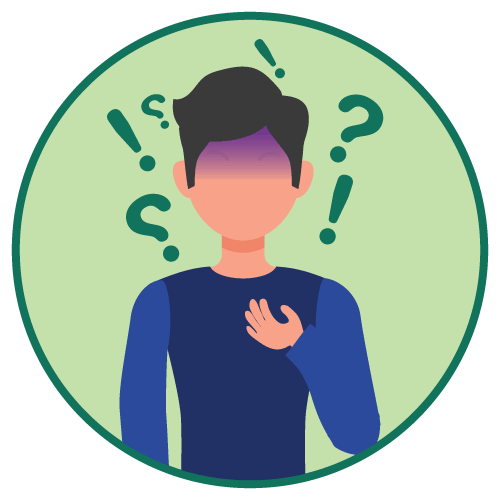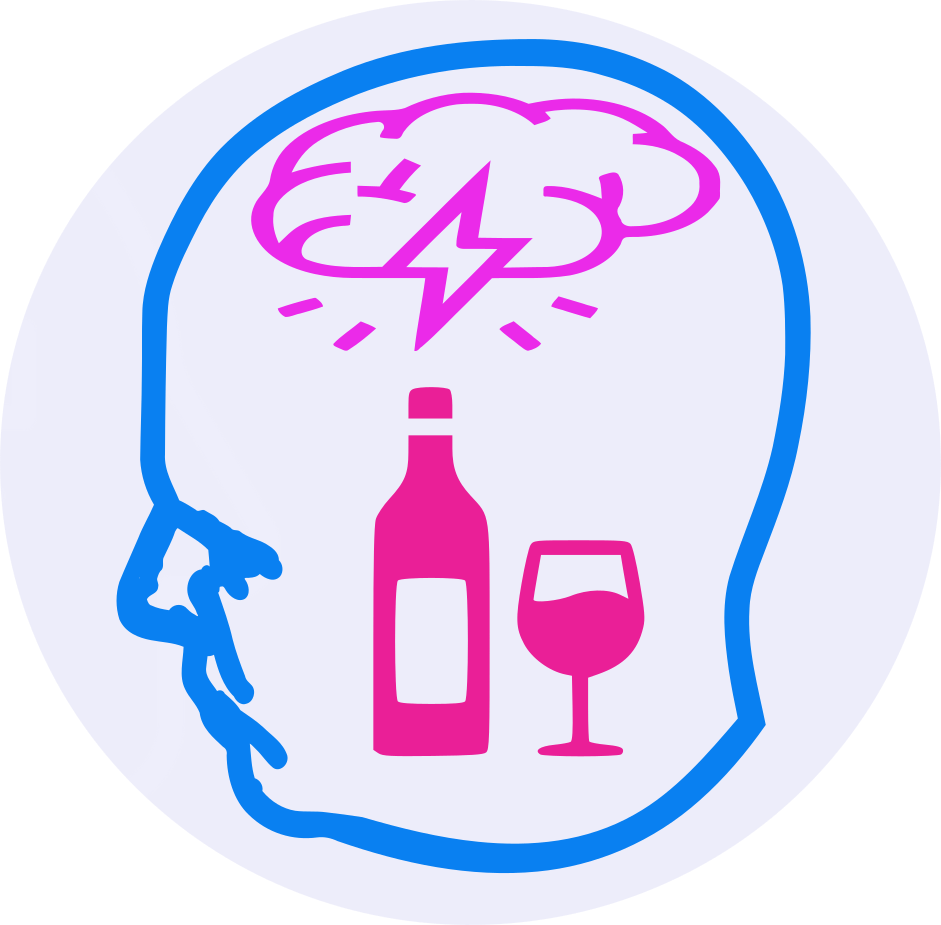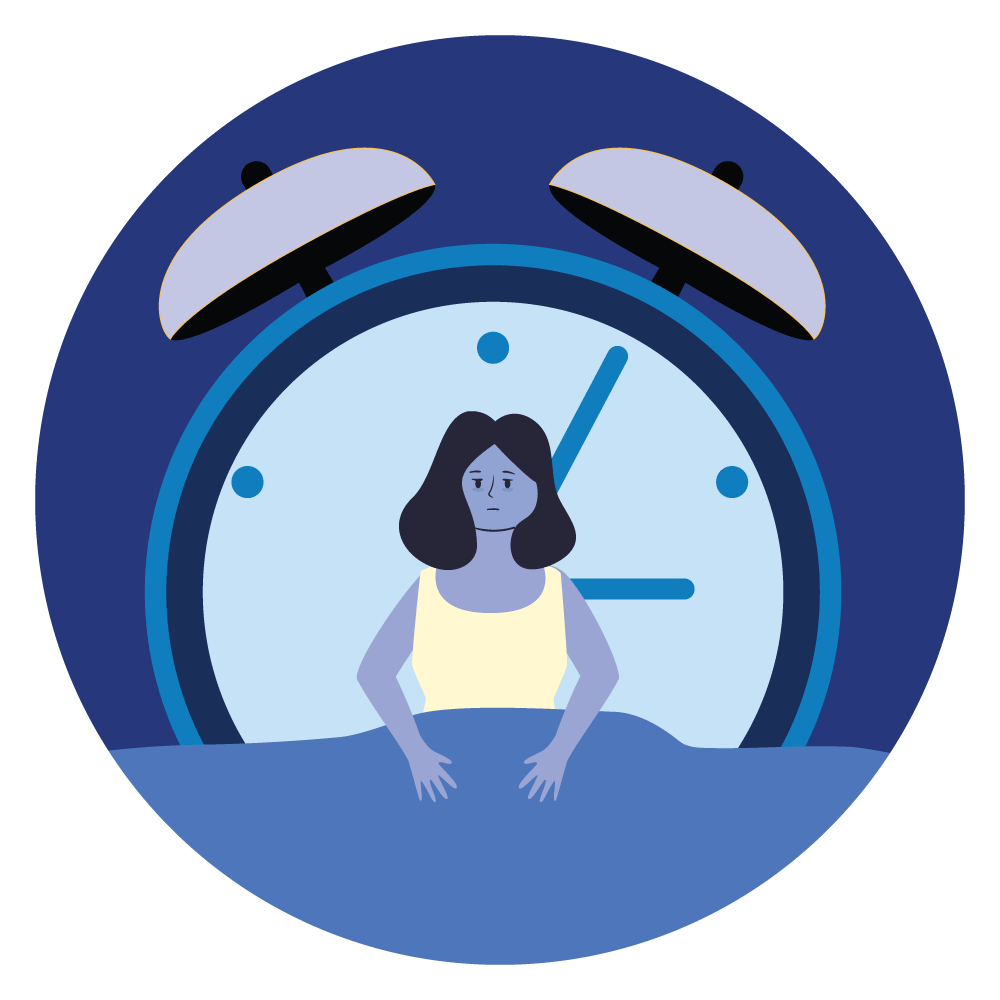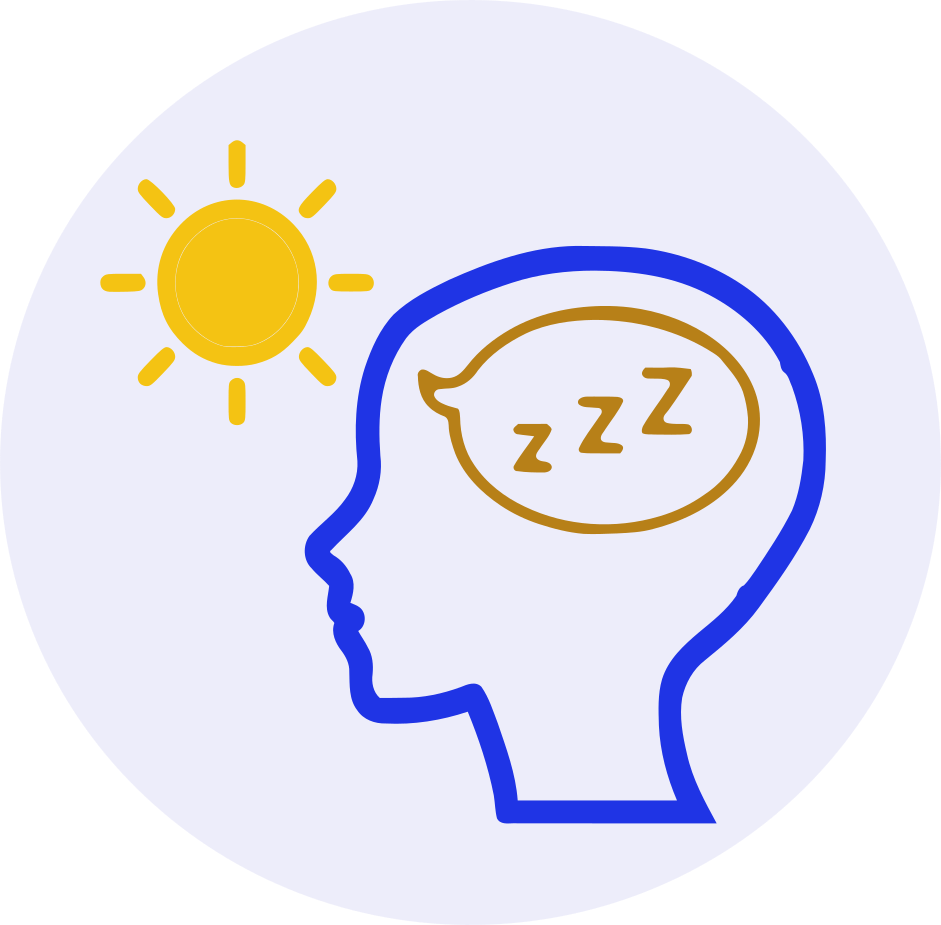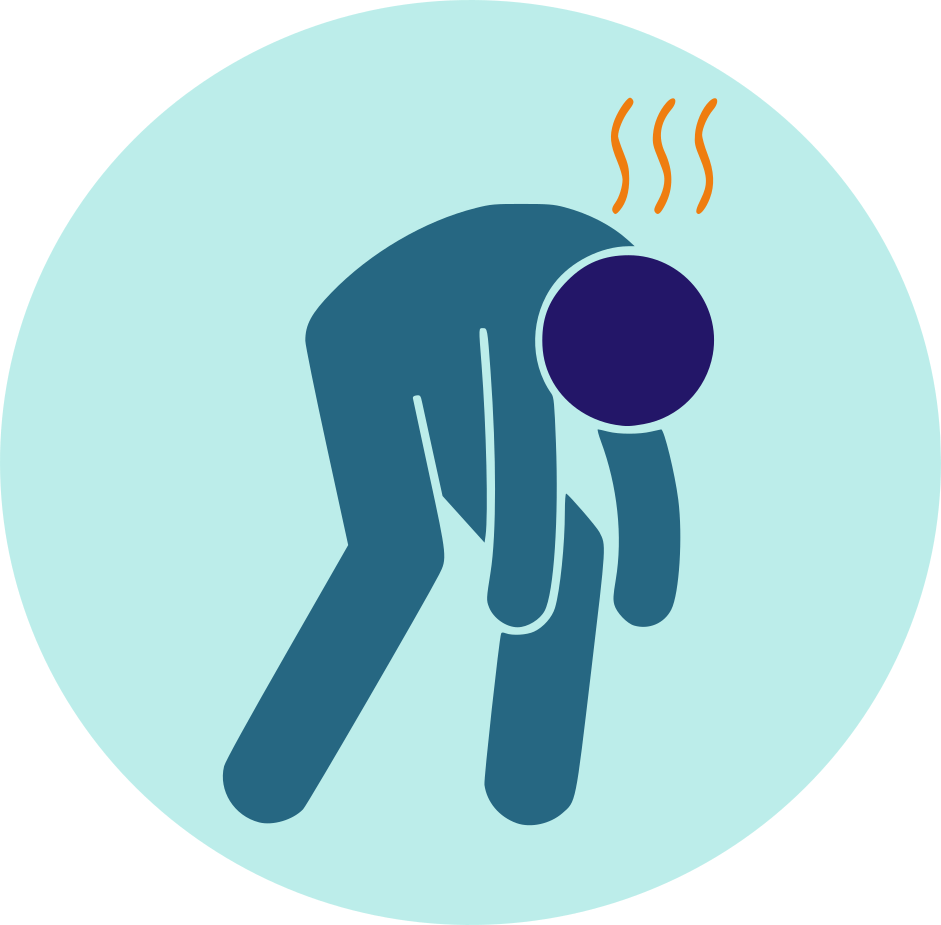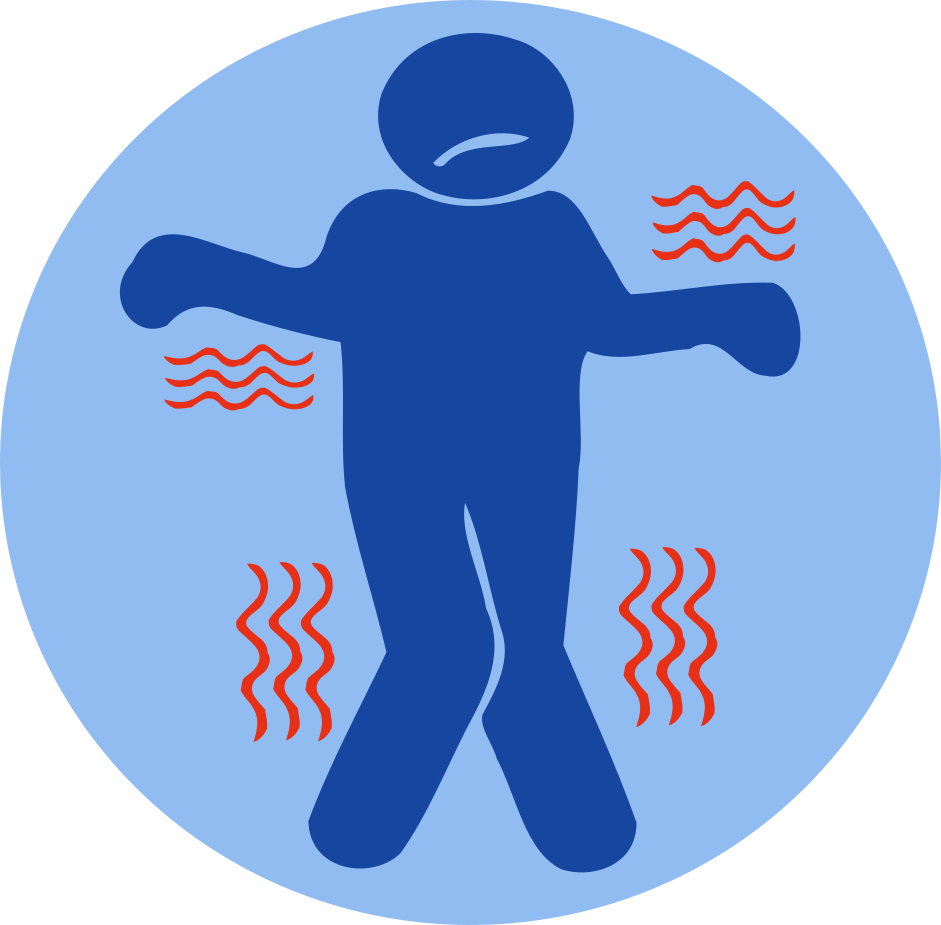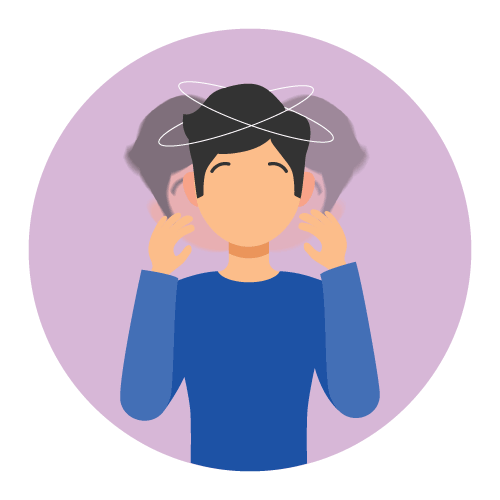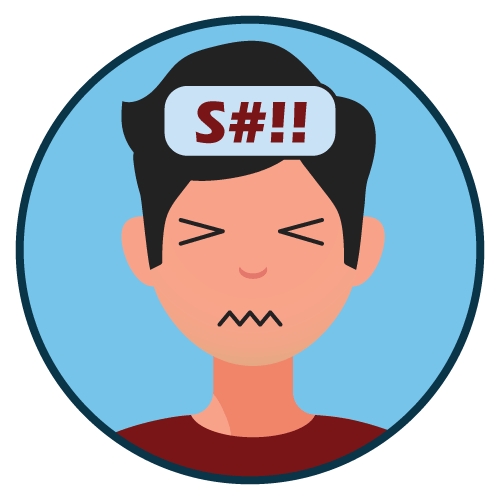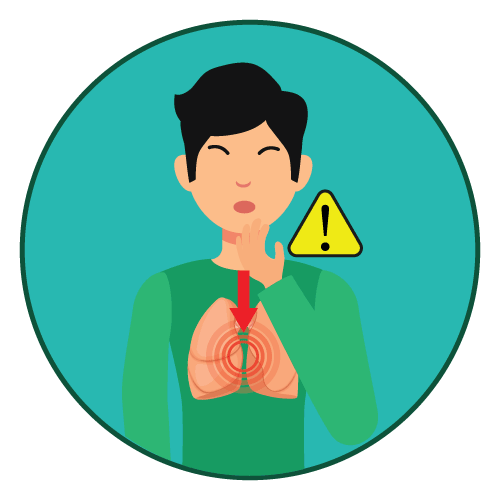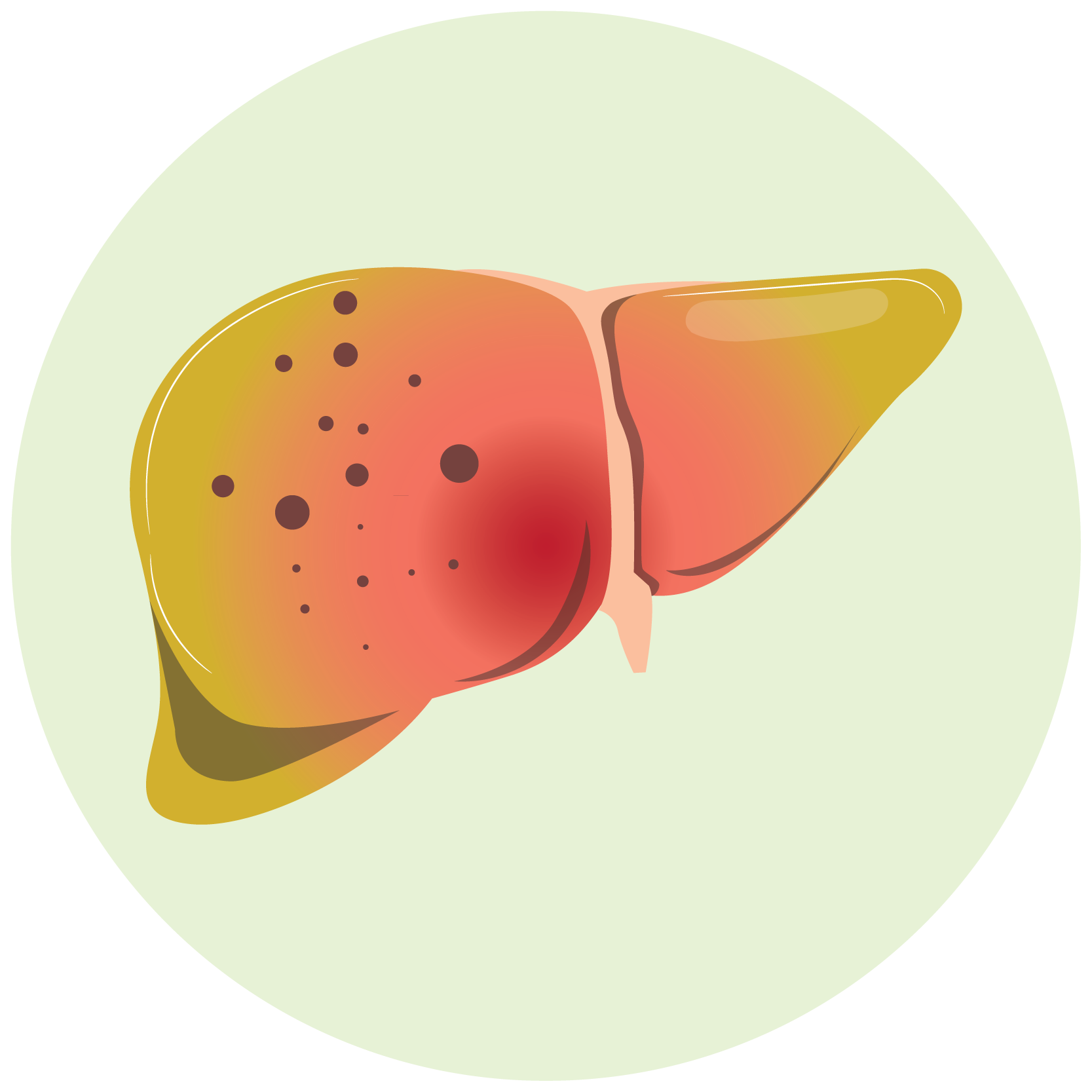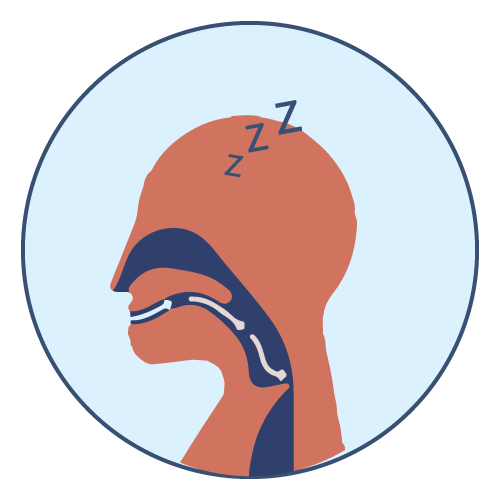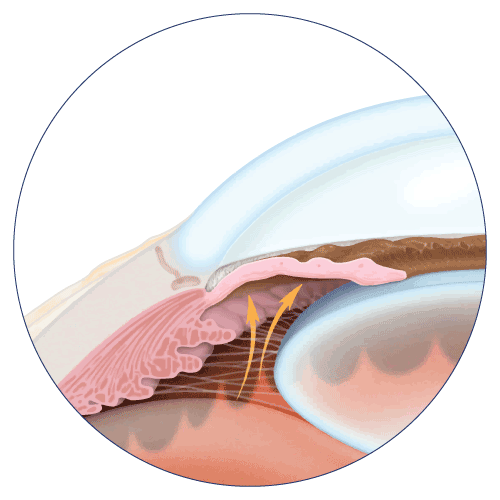| Name | Diazepam |
| Classes |
Central Nervous System Agent Anticonvulsant / Antiepileptic Agent Psychotherapeutic Agent Anxiolytic Benzodiazepine Sedative and Hypnotic |
| Diseases |
Agitation Anxiety Hallucination Mental Disorder Stress Tremor (Shaking) |
Diazepam
Diazepam, a benzodiazepine, has anxiolytic, sedative, muscle relaxant, anticonvulsant, and amnestic properties. The majority of these effects are assumed to be due to a facilitation of the action of gamma aminobutyric acid (GABA), a central nervous system inhibitory neurotransmitter.
Diazepam is indicated in the following conditions-
- Anxiety: Diazepam is indicated for the management of anxiety disorders or for the short term relief of the symptoms of anxiety. Anxiety or tension associated with the stress of everyday life usually does not require treatment with an anxiolytic.
- Alcohol withdrawal symptoms: In acute alcohol withdrawal, Diazepam may be useful in the symptomatic relief of acute agitation, tremor, impending or acute delirium tremens and hallucinosis. Diazepam is a useful adjunct for the relief of skeletal muscle spasm due to reflex spasm to local pathology (such as inflammation of the muscles or joints, or secondary to trauma), spasticity caused by upper motor neuron disorders (such as cerebral palsy and paraplegia), athetosis, and stiff-man syndrome.
- Convulsion: Oral Diazepam may be used adjunctively in convulsive disorders, although it has not proved useful as the sole therapy.
- Insomnia of hospitalized patients
- Agitation and excitation
ADULTS:
- Management of Anxiety Disorders and Relief of Symptoms of Anxiety: Depending upon severity of symptoms—2 mg to 10 mg, 2 to 4 times daily .
- Symptomatic Relief in Acute Alcohol Withdrawal: 10 mg, 3 or 4 times during the first 24 hours, reducing to 5 mg, 3 or 4 times daily as needed
- Adjunctively for Relief of Skeletal Muscle Spasm: 2 mg to 10 mg, 3 or 4 times daily
- Adjunctively in Convulsive Disorders: 2 mg to 10 mg, 2 to 4 times daily
- Geriatric Patients, or in the presence of debilitating disease: 2 mg to 2.5 mg, 1 or 2 times daily initially; increase gradually as needed and tolerated.
PEDIATRIC PATIENTS:
- Because of varied responses to CNS-acting drugs, initiate therapy with lowest dose and increase as required. Not for use in pediatric patients under 6 months: 1 mg to 2.5 mg, 3 or 4 times daily initially; increase gradually as needed and tolerated
Side effects most commonly reported were drowsiness, fatigue, muscle weakness, and ataxia. The following have also been reported:
- Central Nervous System: confusion, depression, dysarthria, headache, slurred speech, tremor, vertigo
- Gastrointestinal System: constipation, nausea, gastrointestinal disturbances
- Special Senses: blurred vision, diplopia, dizziness
- Cardiovascular System: hypotension
- Psychiatric and Paradoxical Reactions: stimulation, restlessness, acute hyperexcited states, anxiety, agitation, aggressiveness, irritability, rage, hallucinations, psychoses, delusions, increased muscle spasticity, insomnia, sleep disturbances, and nightmares. Inappropriate behavior and other adverse behavioral effects have been reported when using benzodiazepines. Should these occur, use of the drug should be discontinued. They are more likely to occur in children and in the elderly.
- Urogenital System: incontinence, changes in libido, urinary retention
- Skin and Appendages: skin reactions
- Laboratories: elevated transaminases and alkaline phosphatase
- Other: changes in salivation, including dry mouth, hypersalivation
- If Diazepam is to be combined with other psychotropic or anticonvulsant drugs, the pharmacology of the drugs used should be carefully considered, especially with known compounds that may potentiate the action of diazepam, such as phenothiazines, narcotics, barbiturates, MAO inhibitors, and other antidepressants.
- For severely depressed individuals or those with any signs of latent depression or anxiety linked with depression, the typical precautions apply, notably the knowledge that suicidal tendencies may exist and that protective measures may be required.
- Benzodiazepams are known to cause psychiatric and paradoxical effects. If this happens, the medicine should be stopped immediately. Children and the elderly are particularly susceptible to these effects.
- Due to the danger of respiratory depression, patients with chronic respiratory insufficiency should take a lower dose.
- In patients who have a history of alcohol or drug abuse, benzodiazepams should be taken with extreme caution.
Contraindication
Contraindicated in patients with a known hypersensitivity to diazepam.
None known.
Contraindicated in patients with-
- myasthenia gravis
- severe respiratory insufficiency
- severe hepatic dysfunction
- sleep apnea syndrome
- narrow-angle glaucoma
 Bangla
Bangla English
English